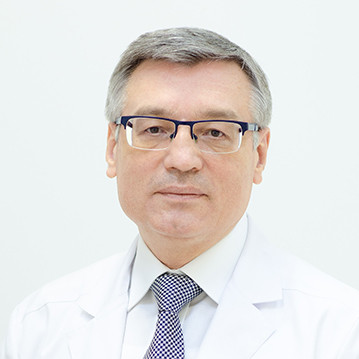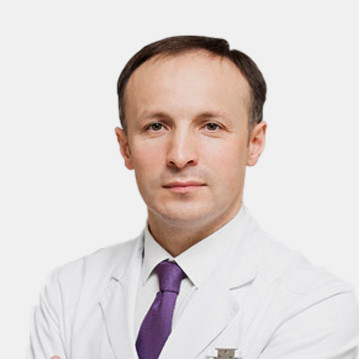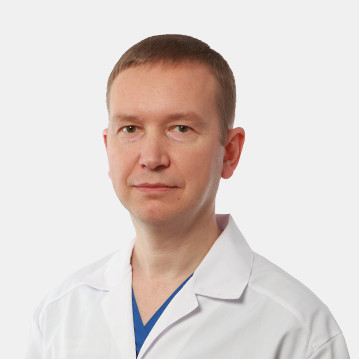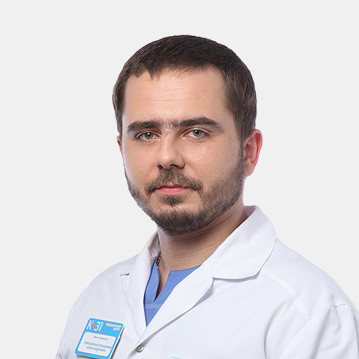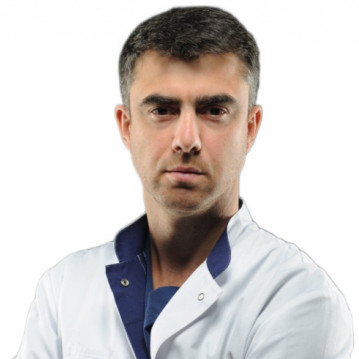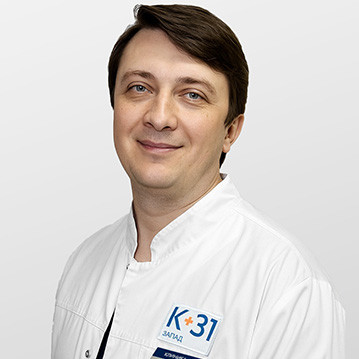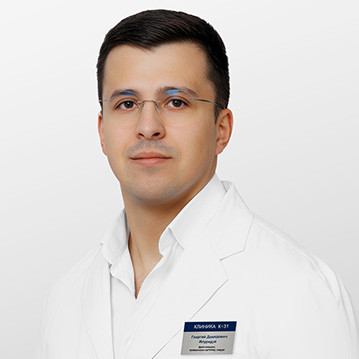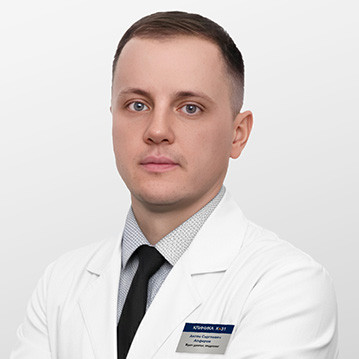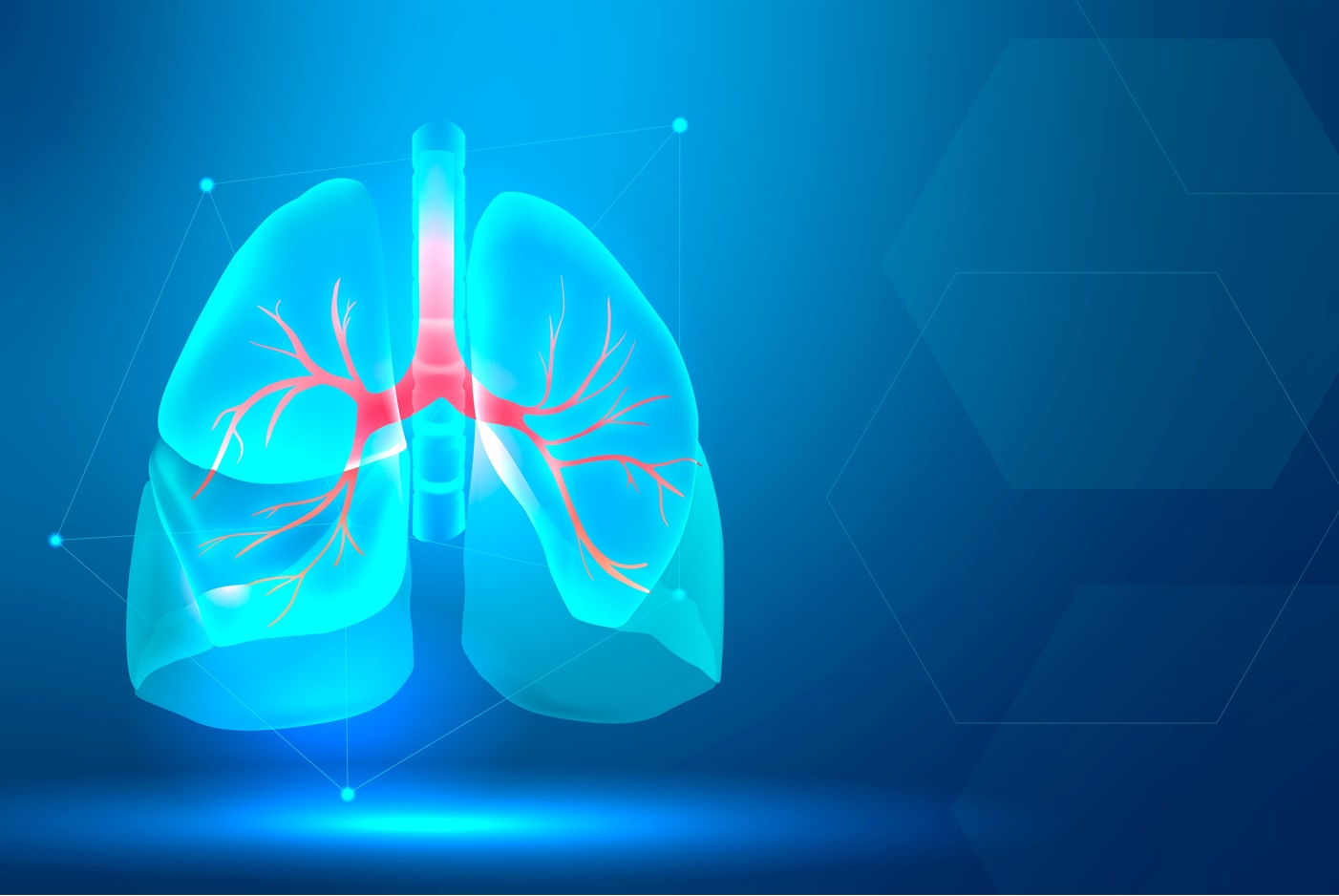
Lung cancer
Lung cancer is a malignant tumor that develops from the lung parenchyma or bronchial tissues. This type of cancer is one of the most common cancers. It is characterized by early metastases and latent course, those. not accompanied by obvious symptoms. As a result, cancer is often detected already in stages 3 or 4. Therein lies its danger.
Risk factors for lung cancer
It is known that the main risk factor for developing lung cancer is the inhalation of carcinogens. Approximately 90% of detected cases are associated with smoking. More precisely, with the action of carcinogens contained in tobacco smoke. The risk increases in proportion to the duration of the smoker and the number of cigarettes he smokes. Those. it is higher the longer a person smokes and the more cigarettes (or packs of cigarettes) a day he smokes. For the smoker, the most effective way reduce the likelihood of developing the disease will be the rejection of addiction.
Not only smokers are at risk, but also those around them. Passive smoking is also a risk factor. So in a married couple, where one smokes and the other does not, for a non-smoker, the likelihood of lung cancer increases by 30%.
Smoking is the main cause of the disease, but not the only one. It is also caused by air pollution. Residents of industrial areas with processing and mining industries are 3-4 times more likely to get lung cancer than than people living in rural areas. Other risk factors include:
- Radioactive exposure.
- Old, untreated lung diseases such as tuberculosis, bronchitis, pneumonia, bronchiectasis.
- Contact with certain substances: asbestos, arsenic, cadmium, nickel, radon, chloromethyl ether, chromium.
Symptoms of the disease
The clinical picture of lung cancer is "hidden" and non-specific, ie. characteristic of various diseases of the respiratory system. That is why, when they appear, many people are in no hurry to be examined. They underestimate the severity of the problem. At the initial stage of the development of the disease, there is increased fatigue, a slight decrease in working capacity, interest in life, and apathy. At But this should alert every person. Other symptoms include:
- Difficulty breathing.
- Cough that persists for a long time.
- Pain or discomfort in the chest.
- Progressive dyspnoea.
- The appearance of sputum with blood.
- Hoarse voice.
- Decreased appetite.
- Unrelated weight loss.
- Progressive feeling of tiredness.
- Swelling of the face or swelling of the veins in the neck.
How lung cancer is diagnosed
The main method for diagnosing lung cancer in oncology is computed tomography. When a neoplasm is detected in a patient, a number of additional studies are prescribed that will give an idea of the type of formation. If it turns out to be malignant, the type of cancer and its prevalence will be determined. Bronchoscopy plays an important role among additional diagnostic methods. With its help, it is possible, in some cases, to detect a protruding bronchial carcinoma, infiltration or compression of the walls of the bronchi.
During bronchoscopy, a thin and flexible tube is inserted into the patient's bronchus, at the end of which there is a lens. With its help, you can visually determine the presence or absence of cancer symptoms, as well as take a biopsy. The sample is needed for further analysis. If the case is not diagnostically clear, the attending physician may decide to resect a section of the lung, where malignant neoplasms are suspected. These methods provide reliable information about the presence tumor changes, their prevalence, stage of the disease. Based on these data, a cancer treatment regimen is selected.
Methods of treatment
In the treatment of lung cancer in oncology, the method surgical removal of the tumor is used, drug therapy (chemotherapy, targeted and immunotherapy), radiation therapy, as well as their various combinations. Choosing a specific method depends on the condition of the patient, the stage of the disease, the size of the neoplasm and other factors. The most effective treatment for cancer is surgery. During the operation, a part of the lung with a tumor or the entire lung with regional lymph nodes is removed. The outcome of the operation is affected by the location of the tumor and its size, patient age, presence of metastases.
The second most effective treatment for lung cancer is radiation therapy. At the same time, the tumor is affected using ionizing radiation. High efficiency due to the use of modern equipment (VARIAN linear accelerators with a 3D planning) and work in accordance with international standards. The method of chemotherapy consists in introducing drugs into the patient's body, selectively suppressing the growth of malignant cells. In this case, there is no serious damage to healthy organs and tissues.
Chemotherapy is the main treatment for tumors, advanced cases of lung cancer.
In recent years, in oncology, along with chemotherapy and targeted therapy, immunotherapy has actively entered the treatment of lung cancer. which actually revolutionized the treatment of patients with this serious illness. It is the immunotherapy significantly increase life expectancy and the order of every 6th patient can be cured in the last stage of lung cancer! In fact, chemotherapy without immunotherapy should not be used at present.
The choice in favor of surgical treatment of tumors is made in the early stages of oncological disease, with a localized tumor of a non-small cell form. But only if the patient's condition allows such an operation. At a later stage, the surgical method of removing the tumor is ineffective. Such cases are distinguished by the large size of the tumor, the presence of metastases in distant organs and regional lymph nodes. There is no surgical intervention and with small cell cancer. If surgery is contraindicated, chemotherapy and radiation therapy may help. Comprehensive cancer treatment, including all described above methods, is carried out if the patient's condition allows it.
Lung cancer prevention
Since smoking is the leading cause of lung cancer, the best prevention for non-smokers is not to acquire this dangerous habit, and for smokers to get rid of it. You also need to protect yourself as much as possible from other harmful influences, such as polluted, automobile and industrial emissions, air, household contact with radon, contact with industrial carcinogens. When smoking and other risk factors are combined, they mutually reinforce each other. Secondary prevention is also important, which includes annual screeningannual screening for people at high risk. They allow you to detect lung cancer at an early stage, when the disease is curable.

